Guide to Troubleshooting Common Issues in Cannabis Cultivation
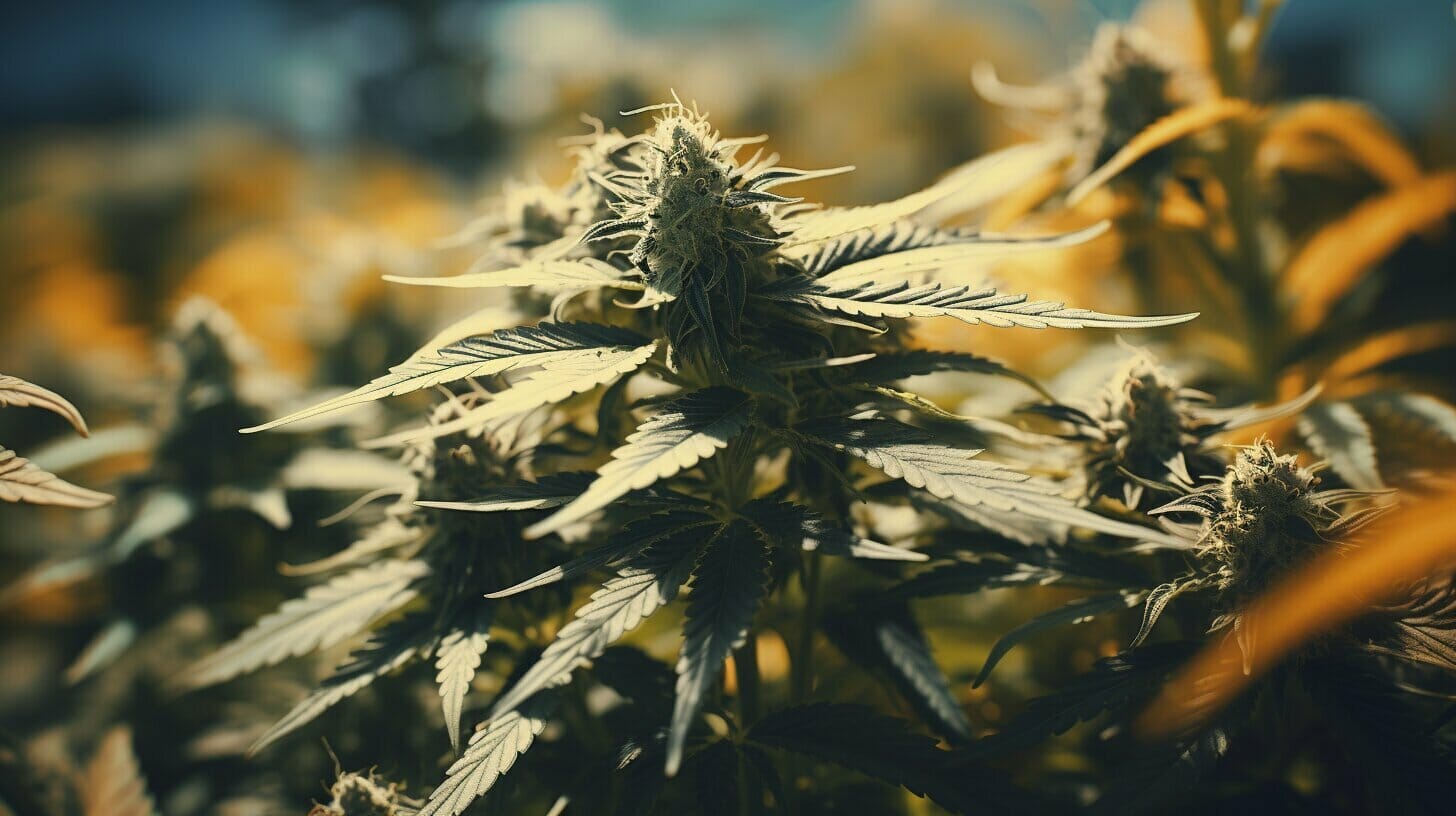
Welcome to our guide to troubleshooting common issues in cannabis cultivation. Growing cannabis is a rewarding experience, but it can also be challenging. From environmental factors to nutrient imbalances, there are many issues that can arise during cultivation. However, with the right knowledge and techniques, these problems can be easily resolved.
In this article, we will explore common cannabis cultivation problems and provide troubleshooting tips to help you maintain optimal temperature and humidity levels. Whether you are a beginner or an experienced grower, this guide will provide valuable insights to overcome any challenges you may encounter.
Key Takeaways:
- Troubleshooting common issues is crucial for successful cannabis cultivation.
- From environmental factors to nutrient imbalances, there are many challenges to overcome during cultivation.
- With the right techniques and knowledge, these problems can be easily resolved.
Identifying Environmental Factors
When it comes to troubleshooting common issues in cannabis cultivation, identifying environmental factors is key. There are a variety of environmental factors that can impact the growth and health of your cannabis plants, and understanding how to troubleshoot these issues is crucial for successful cultivation.
Temperature is one of the most important environmental factors to consider in cannabis cultivation. If the temperature is too low or too high, it can cause a variety of issues for your plants. For example, if the temperature is too low, your plants may become stunted and grow slowly. If the temperature is too high, your plants may wilt and become more susceptible to disease. By monitoring and adjusting the temperature as needed, you can prevent these common marijuana growing issues.
Humidity is another environmental factor to consider. If the humidity is too low, your plants may become dehydrated and prone to nutrient deficiencies. If the humidity is too high, your plants may be at risk of developing mold and other fungal diseases. By monitoring and adjusting the humidity levels, you can keep your plants healthy and prevent troubleshooting cannabis plant problems.
Light is also an important environmental factor to consider. If your plants do not receive enough light, they may become leggy and weak. If they receive too much light, they may become burned and damaged. By ensuring that your plants receive the proper amount and intensity of light, you can prevent common cannabis cultivation issues.
Finally, ventilation is an important environmental factor to consider. Proper ventilation can help maintain optimal temperature and humidity levels, as well as prevent pest and disease issues. If your grow space is not properly ventilated, your plants may struggle to grow and develop properly. By ensuring proper ventilation, you can prevent a variety of common marijuana growing issues and maintain healthy plants.
By understanding how environmental factors impact cannabis cultivation and how to troubleshoot and adjust as needed, you can prevent many common issues and promote healthy and productive growth.
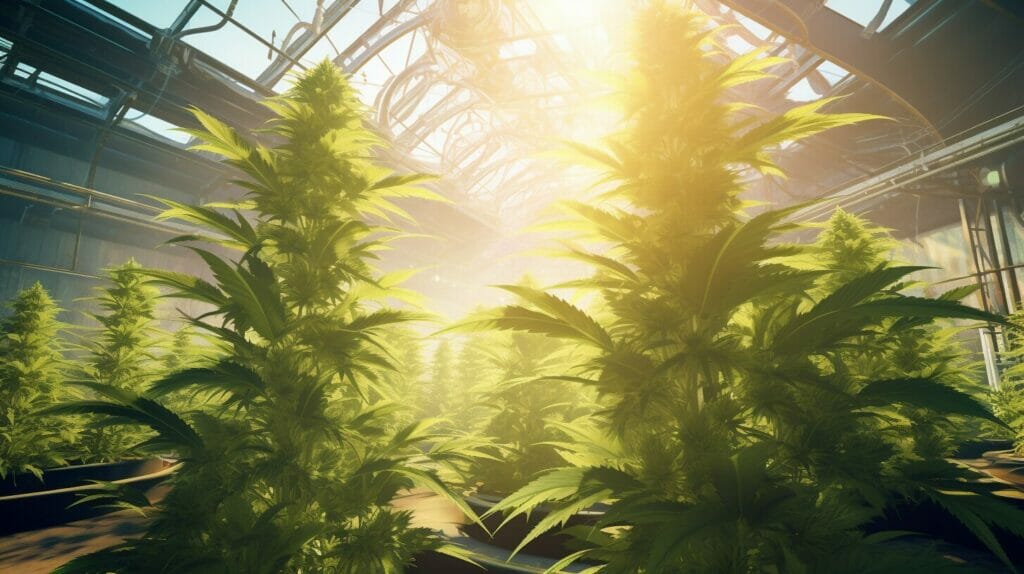
Nutrient Deficiencies and Excesses
Nutrient imbalances are a common issue in cannabis cultivation, causing various problems that can impact plant growth and yield. Here are some common nutrient deficiencies and excesses that growers may encounter, along with troubleshooting techniques for resolving these issues.
Nitrogen Deficiency
Nitrogen is an essential nutrient that plays a vital role in chlorophyll production, plant growth, and overall health. A lack of nitrogen can cause the leaves to turn yellow or pale green, and the plant may start to look stunted.
To troubleshoot a nitrogen deficiency, try adding a nitrogen-rich fertilizer to the soil. Be careful not to over-fertilize, as this can lead to other nutrient imbalances. It is also important to ensure that the pH of the soil is within the optimal range for cannabis growth.
Phosphorus Deficiency
Phosphorus is another essential nutrient that is vital for cannabis growth. A lack of phosphorus can cause slow growth, weak stems, and a decrease in yields.
To troubleshoot a phosphorus deficiency, try adding a phosphorus-rich fertilizer to the soil. It is also important to maintain the proper pH balance of the soil, as a high or low pH can affect phosphorus uptake.
Potassium Deficiency
Potassium plays a key role in regulating water levels within the plant and is essential for healthy growth. A lack of potassium can cause brown spots on the leaves and weak stems.
To troubleshoot a potassium deficiency, add a potassium-rich fertilizer to the soil. It is also important to maintain a balanced soil pH to ensure proper potassium uptake.
Nutrient Excess
Too much of any nutrient can be harmful to the plant and can lead to nutrient toxicity. This can cause the leaves to curl and turn yellow or brown.
To troubleshoot nutrient excess, the first step is to flush the soil with plain water to remove excess nutrients. It is also important to adjust the pH of the soil and reduce the amount of fertilizer used in the future.
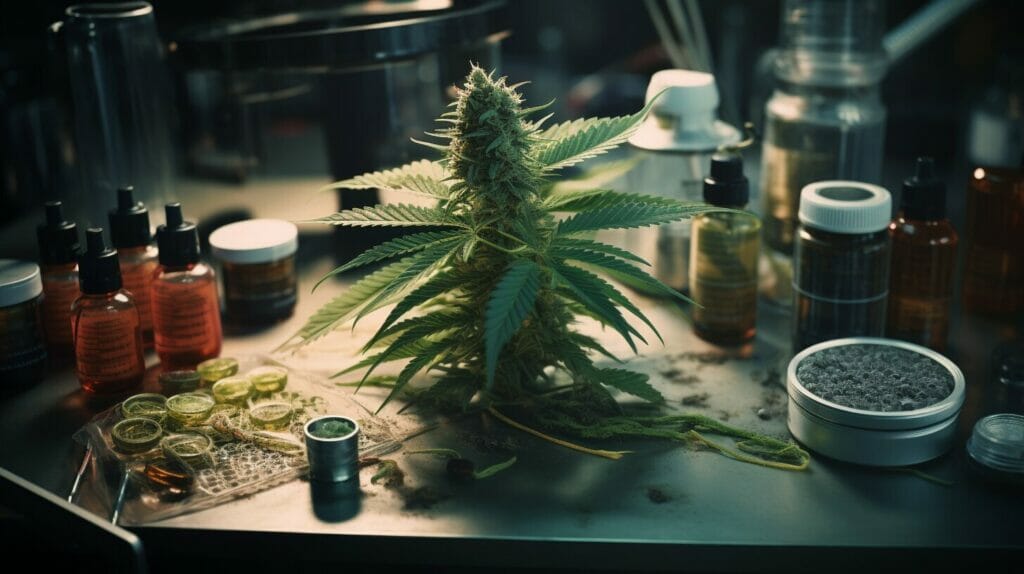
Troubleshooting nutrient deficiencies and excesses is an essential part of successful cannabis cultivation. By paying close attention to the plant’s needs and taking appropriate measures to resolve issues, growers can ensure healthy growth and high-quality yields.
Pest and Disease Management
One of the most frustrating problems in cannabis cultivation is dealing with pests and diseases. These issues can quickly spread throughout a crop, destroying plants and reducing yields. Common marijuana growing issues related to pests and diseases include spider mites, powdery mildew, and aphids. Fortunately, there are numerous troubleshooting tips for cannabis plant problems that growers can use to manage these issues and prevent them from spreading.
Identification: Early identification of pests and diseases is essential for effective management. Growers should inspect their plants regularly to check for any signs of damage or irregularities. Symptoms of pests and diseases can include yellowing leaves, spots on leaves, wilting, and stunted growth. Different pests and diseases have specific tell-tale signs, and growers should familiarize themselves with these symptoms to identify and treat problems quickly.
Prevention: Preventative measures are the best way to avoid pest and disease issues. Growers should keep their growing environment clean, follow proper hygiene practices, and avoid bringing contaminated plants or equipment into their growing area. Regularly inspecting plants and using natural pest control methods like neem oil can also help prevent infestations.
Treatment: If pests or diseases are already present in a crop, growers can use various treatments to manage them, including pesticides, fungicides, and organic remedies like beneficial insects. It is crucial to follow the manufacturer’s instructions when applying treatments, as improper use can lead to further problems.
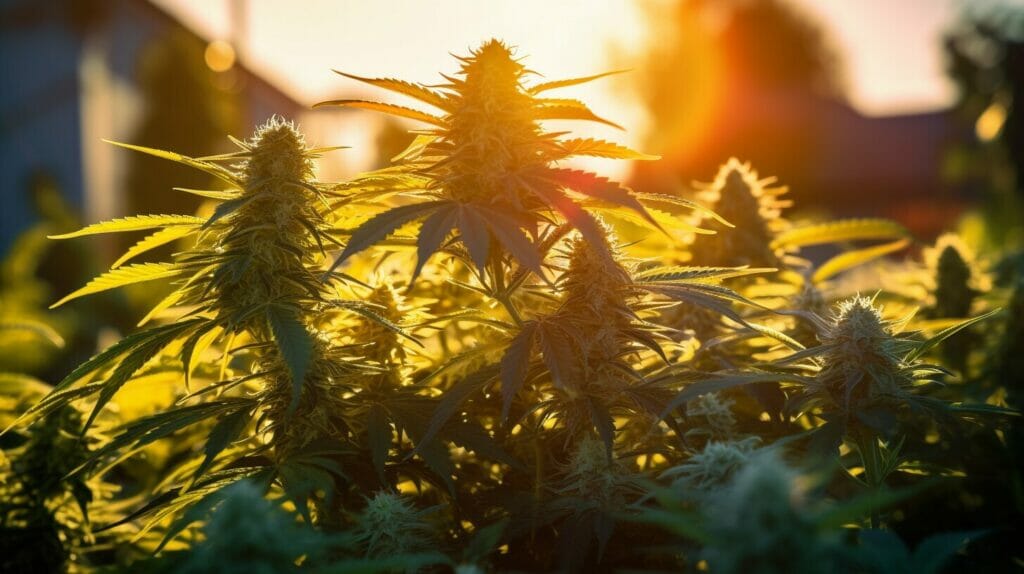
By understanding the common marijuana growing issues related to pests and diseases, growers can take proactive measures to prevent and manage them effectively. Early identification, prevention, and treatment are key to a healthy and productive cannabis crop.
Watering and Irrigation Problems
Proper watering and irrigation are crucial for successful cannabis cultivation. However, problems can arise when plants are over or under-watered, or when there is improper drainage. These issues can lead to stunted growth, root rot, and other problems that can drastically impact the health and yield of your plants.
One common issue is overwatering. This occurs when plants are given too much water, causing the soil to become too saturated and preventing proper oxygen flow to the roots. Signs of overwatering include drooping leaves, yellowing leaves, and a musty smell.
On the other hand, underwatering can cause the soil to become too dry, leading to nutrient deficiencies and a decreased ability to absorb nutrients. This can result in plants that are stunted, with curled leaves and a yellowish tint.
To troubleshoot over or under-watering problems, it is important to monitor the soil moisture level regularly. Use a moisture meter or simply stick your finger into the soil to determine if it is too dry or saturated. Adjust your watering schedule accordingly, and make sure to provide adequate drainage to prevent water from sitting in the soil.
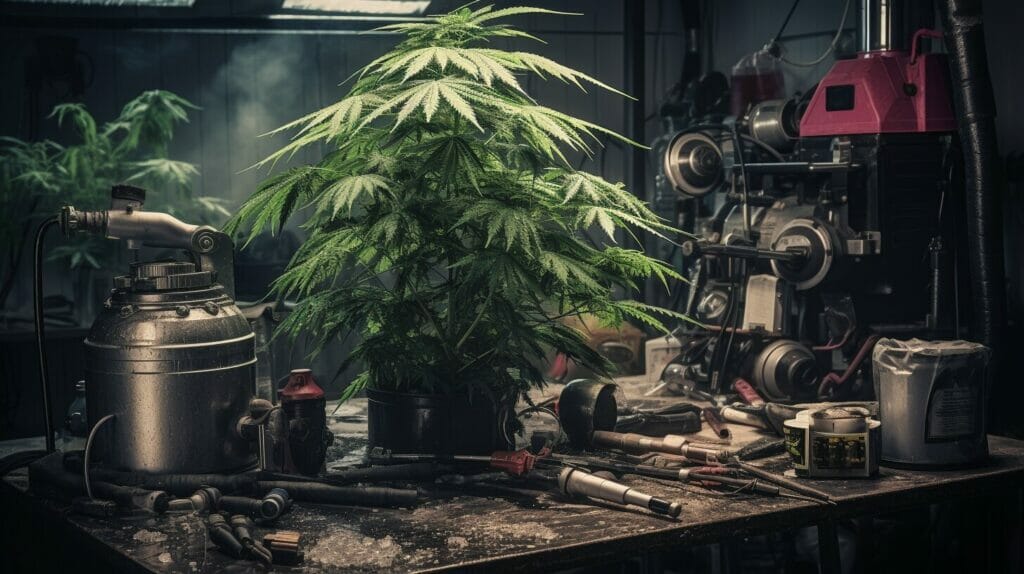
It is also important to consider the type of soil and container you are using. Some soils retain water better than others, and some containers may have inadequate drainage holes. Make sure to choose a well-draining soil and a container with adequate drainage, such as fabric pots or containers with drainage holes.
By troubleshooting watering and irrigation problems in your cannabis cultivation, you can promote healthy plant growth and avoid common issues that can impact your yield and quality.
Genetics and Strain Selection
One of the most exciting aspects of growing cannabis is selecting the right strain for your needs. However, choosing the wrong strain or experiencing genetic issues can lead to a host of problems. In this section, we will explore common challenges related to genetics and strain selection in cannabis cultivation, and provide troubleshooting techniques and guidance.
Resolving Common Cannabis Cultivation Problems
Genetics plays a critical role in determining plant structure, growth, and overall health. Unfortunately, some seeds may be of poor quality or may exhibit hermaphroditism, which can cause issues during cultivation.
To troubleshoot genetic-related issues, it’s essential to start with high-quality seeds from reputable sources. Always choose seeds with a high germination rate, and ensure they have been properly stored to maintain their viability.
If you encounter hermaphroditism, it’s important to remove the male flowers immediately to prevent pollination of the female flowers. If you notice issues with the seedlings or young plants, such as slow growth or deformed leaves, it may be due to genetic problems. In this case, it’s best to remove the affected plants and start fresh with new, high-quality seeds.
Troubleshooting Common Challenges in Cannabis Cultivation
Strain selection is another critical factor in cannabis cultivation. Different strains have varying requirements for lighting, nutrients, and overall care, so it’s essential to choose the right strain for your growing environment and goals. You may encounter issues such as stunted growth, nutrient deficiencies, or low-quality buds if the strain is not suitable for your setup.
To resolve strain-related problems, start by researching the specific requirements of your chosen strain. Ensure you have the right lighting, nutrient regimen, and environmental conditions for optimal growth. If you notice issues such as nutrient deficiencies or stunted growth, adjust your nutrient schedule or examine your lighting setup to ensure it meets the strain’s requirements.
Genetics and strain selection are critical aspects of cannabis cultivation. By focusing on high-quality seeds and choosing the right strain for your needs, you can avoid many common challenges and achieve successful growth in your cannabis cultivation endeavors.
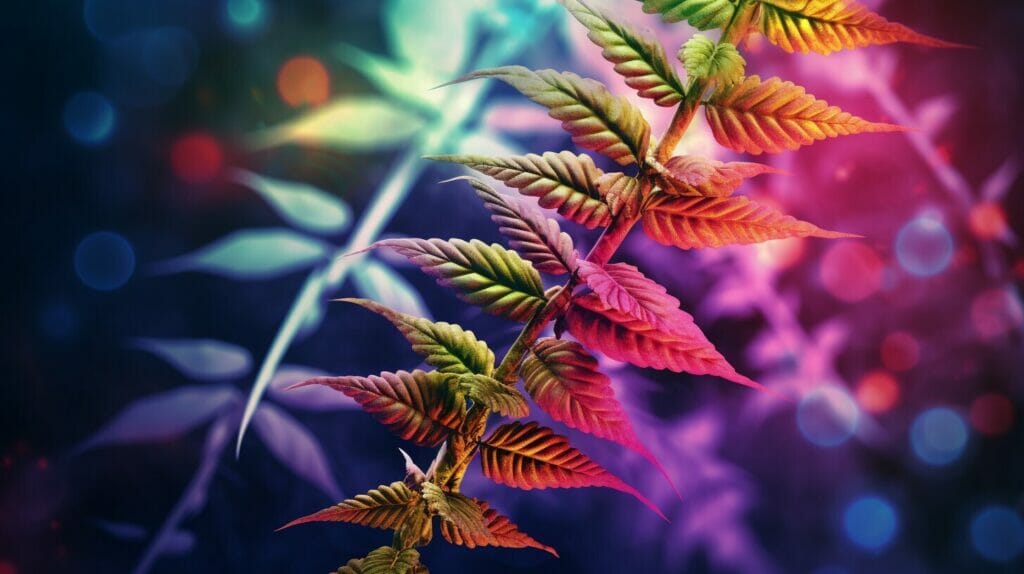
pH Imbalances
Maintaining proper pH balance is crucial for successful cannabis cultivation. Substantial pH imbalances can cause a variety of problems, including nutrient deficiencies and excesses, stunted growth, and wilting. Common cannabis cultivation problems related to pH imbalances include yellowing leaves, slow growth, and nutrient burn.
The optimal pH level for hydroponic cannabis cultivation is between 5.5 and 6.5, while soil-grown cannabis prefers a pH range of 6.0 to 7.0.
Resolving common cannabis cultivation problems associated with pH imbalances requires close monitoring of pH levels. Use a pH meter to test the pH of the soil or nutrient solution regularly. If the pH is too high (alkaline), add an acidic substance like vinegar to lower the pH. If the pH is too low (acidic), add a basic substance like baking soda to raise the pH.
In addition to monitoring pH levels, take preventative measures to maintain optimal pH balance. Use high-quality water with a neutral pH, and avoid over-fertilizing your plants, as excess nutrients can cause pH imbalances.
By following these troubleshooting tips for cannabis cultivation, you can prevent and resolve common cannabis cultivation problems related to pH imbalances. Achieving optimal pH balance will help you produce healthy, robust plants and a high-quality harvest.
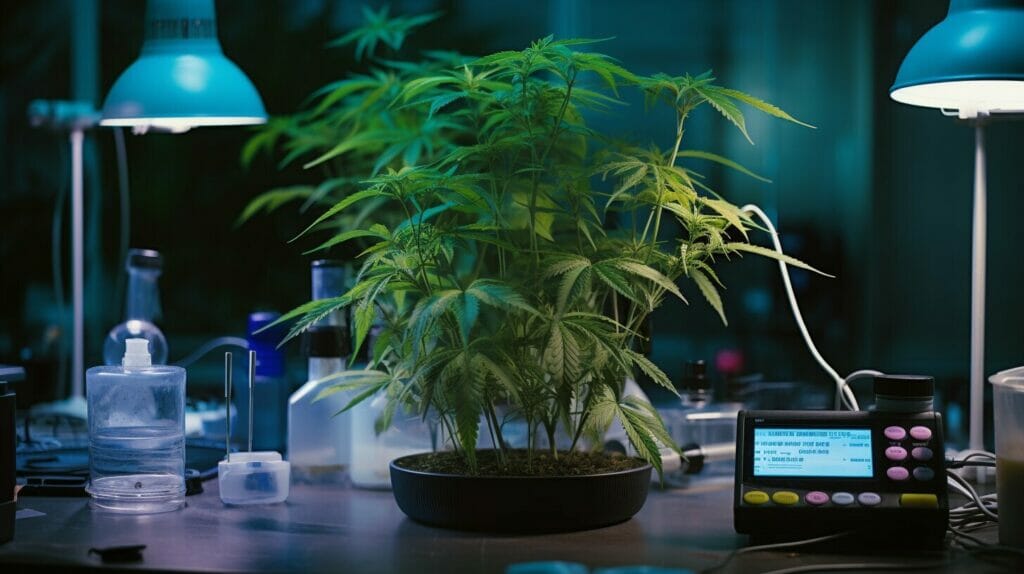
Training and Pruning Techniques
Proper training and pruning techniques are crucial for maintaining healthy and productive cannabis plants. However, common challenges related to plant growth and structure can arise, leading to diminished yields and quality.
One common issue is overcrowding, which can lead to poor air circulation and light penetration. This can cause mold and mildew to develop, as well as nutrient deficiencies and stunted growth. To troubleshoot this issue, it is important to thin out plants to create enough space, as well as use techniques such as topping and low-stress training to promote healthy growth.
Sometimes, plants may exhibit uneven growth or become too tall. This can cause issues with light distribution and airflow, as well as difficulties with watering and pruning. To address this, it is important to use techniques such as super cropping, which involves bending the stem to encourage lateral growth, as well as topping and FIMing to promote bushier growth.
Another common challenge is when plants develop large and heavy buds that cause branches to bend or break. This can lead to a decrease in quality and yield. To address this, it is important to use techniques such as trellising and support structures to prevent branches from breaking.
By mastering proper training and pruning techniques, growers can optimize plant health and productivity, and troubleshoot and correct common challenges in cannabis cultivation.
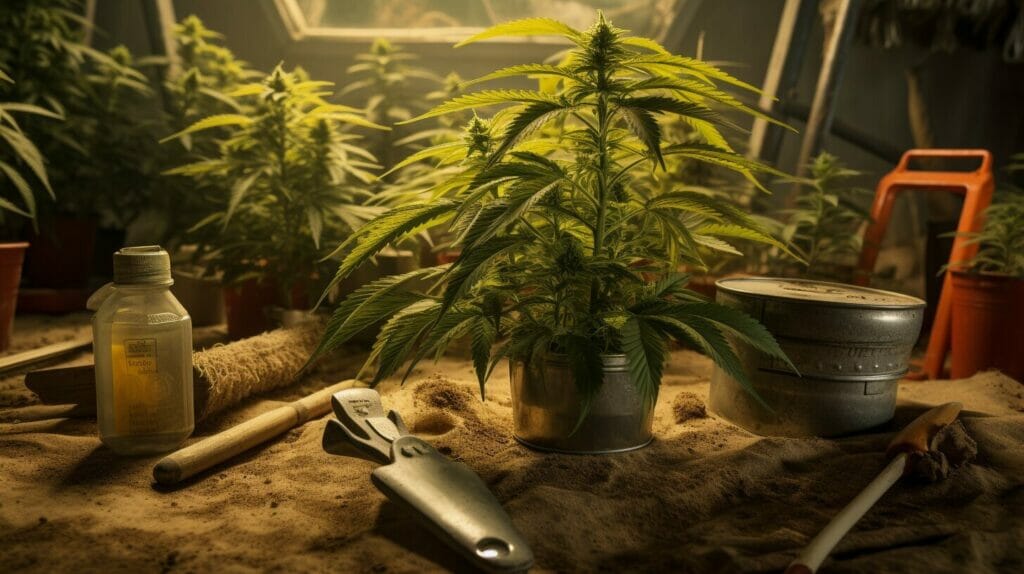
Harvesting and Drying Difficulties
In cannabis cultivation, the harvesting and drying stages are critical to the quality and potency of the final product. However, these stages can present their own challenges, resulting in frustration and disappointment for growers. Common issues include uneven drying, loss of potency, and contamination from molds and bacteria. Here are some troubleshooting tips to ensure a successful harvest and drying process:
- Harvest at the right time: The timing of your harvest can greatly influence the quality of your final product. Harvest too early, and your buds will lack potency and weight. Harvest too late, and you risk over-ripening, which can cause buds to lose potency and become more susceptible to mold and other contaminants. The ideal time to harvest is when about half of the trichomes on your buds are cloudy, with a few amber and clear ones still present.
- Properly dry your buds: Drying your buds too fast or too slow can both result in problems. Drying too fast can lead to uneven drying, resulting in harsh and unpleasant smoke. On the other hand, drying too slow can promote the growth of mold and bacteria. The ideal drying conditions are a temperature of 60-70°F and a relative humidity of 45-55%. Hang your buds upside down in a dark and well-ventilated area for around 5-10 days, until the stems snap instead of bend.
- Trim your buds carefully: Over-trimming or under-trimming your buds can both affect the quality and potency of your final product. Too much trimming can remove valuable trichomes and affect the flavor and aroma. Too little trimming can leave unwanted leaf material and affect the smoothness of the smoke. Use a sharp and sterilized trimming tool to carefully remove the excess leaves while keeping the buds intact.
- Store your buds properly: Proper storage is key to preserving the quality and potency of your buds. Store them in an airtight container in a cool and dark place, away from light and moisture. Avoid storing them in plastic bags, as they can promote the growth of mold and bacteria. Use glass jars or metal tins instead, and open them occasionally to allow for air exchange.

By following these troubleshooting tips, you can avoid common harvesting and drying difficulties and achieve a successful and high-quality harvest. Remember to take your time, be patient, and pay attention to the details.
Preventative Measures and Best Practices
While troubleshooting is crucial to solving issues in cannabis cultivation, prevention is key to avoid problems altogether. By implementing best practices and taking preventative measures, you can minimize the risk of encountering common challenges in cannabis cultivation.
Keeping a Clean Environment
One important preventative measure is maintaining a clean and pest-free environment. Regularly clean your grow room and sterilize equipment to prevent the buildup of harmful bacteria and fungi. Use pest management techniques to control pests and diseases, such as introducing beneficial insects or implementing natural remedies.
Proper Hygiene Practices
Proper hygiene practices can also prevent issues in cannabis cultivation. Always use clean tools and equipment when working with your plants. Wash your hands before handling plants to prevent the spread of bacteria and disease. Avoid cross-contamination between plants by sanitizing your tools after each use.
Staying Proactive
Staying proactive is key to preventing common challenges in cannabis cultivation. Monitor your plants regularly for any signs of stress or disease, and address any issues promptly. Implement a strict watering and feeding schedule to ensure your plants receive the proper nutrients and avoid overwatering or underwatering.
By taking these preventative measures and implementing best practices, you can avoid many common issues in cannabis cultivation. However, if you do encounter problems, remember to use the troubleshooting techniques outlined in this article to address them effectively.
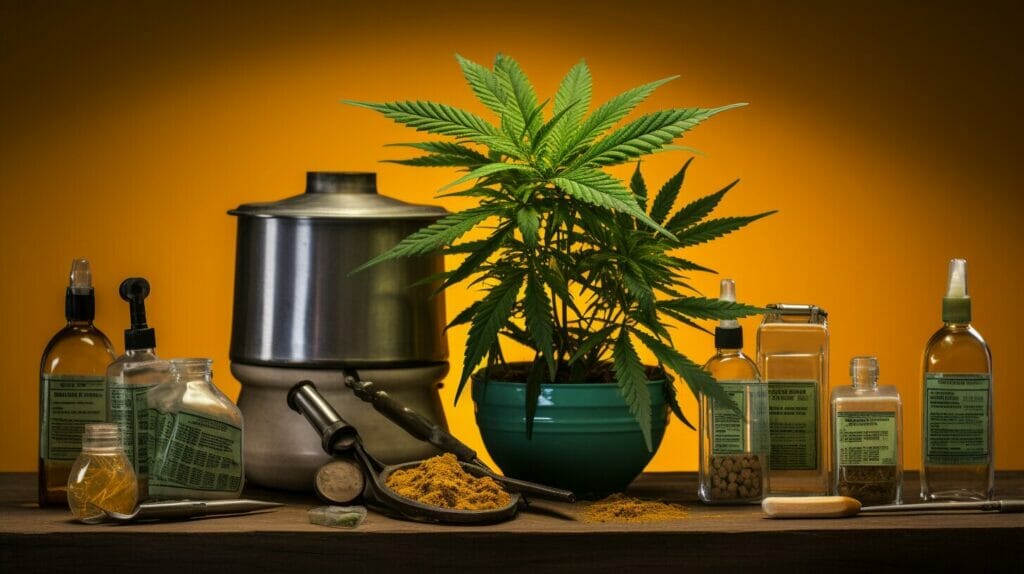
Common Issues in Cannabis Cultivation: Conclusion
Cannabis cultivation can be a challenging process, but troubleshooting common issues can make all the difference in achieving successful growth. By identifying environmental factors, addressing nutrient deficiencies and excesses, managing pests and diseases, troubleshooting watering and irrigation problems, selecting the right genetics and strains, maintaining proper pH balance, implementing effective training and pruning techniques, and navigating harvesting and drying difficulties, you can overcome common challenges in cannabis cultivation.
Preventative measures such as maintaining a clean and pest-free environment, proper hygiene practices, and proactive problem prevention can also help minimize issues in your cannabis cultivation. With these troubleshooting techniques and best practices in mind, you can achieve optimal growth and high-quality harvests in your cannabis cultivation endeavors.
Remember, troubleshooting common issues in cannabis cultivation takes practice and patience. Keep experimenting and adapting your techniques until you find what works best for your unique cultivation setup. By staying proactive and informed, you can become a successful cannabis cultivator.
FAQ
Q: What are the common issues in cannabis cultivation that require troubleshooting?
A: Common issues in cannabis cultivation that require troubleshooting include environmental factors, nutrient deficiencies and excesses, pest and disease management, watering and irrigation problems, genetics and strain selection, pH imbalances, training and pruning techniques, harvesting and drying difficulties, and preventative measures and best practices.
Q: How do environmental factors impact cannabis cultivation?
A: Environmental factors such as temperature, humidity, light, and ventilation play a crucial role in cannabis cultivation. Fluctuations in these factors can lead to common issues like heat stress, mold, and poor growth. Understanding and maintaining optimal environmental conditions is essential for successful cannabis cultivation.
Q: What are some nutrient deficiencies and excesses in cannabis cultivation?
A: Nutrient deficiencies and excesses in cannabis cultivation can lead to various issues such as yellowing leaves, stunted growth, and nutrient lockout. It’s important to identify the symptoms of nutrient-related problems and adjust the nutrient balance accordingly to promote healthy growth.
Q: How can pests and diseases be managed in cannabis cultivation?
A: Effective pest and disease management in cannabis cultivation involves regular monitoring, proper sanitation practices, and the use of organic or chemical treatments. Identifying common cannabis pests and diseases like spider mites, powdery mildew, and aphids is crucial for early intervention and prevention.
Q: What are the common watering and irrigation problems in cannabis cultivation?
A: Overwatering, underwatering, and poor drainage are common watering and irrigation problems in cannabis cultivation. These issues can lead to root rot, nutrient deficiencies, and poor plant health. Proper watering techniques and monitoring soil moisture levels are essential for maintaining optimal moisture balance.
Q: How important are genetics and strain selection in cannabis cultivation?
A: Genetics and strain selection play a significant role in cannabis cultivation. Challenges related to genetics, such as hermaphroditism and poor-quality seeds, can impact the overall quality and yield of the crop. Understanding genetic traits and selecting reliable strains can help mitigate potential issues.
Q: What is the importance of pH balance in cannabis cultivation?
A: pH balance is crucial in cannabis cultivation as it affects nutrient absorption and overall plant health. pH imbalances can lead to nutrient deficiencies or toxicities, resulting in stunted growth and poor yields. Regularly monitoring and adjusting pH levels is essential for maintaining optimal plant health.
Q: How can training and pruning techniques improve cannabis cultivation?
A: Training and pruning techniques in cannabis cultivation help promote proper plant structure, airflow, and light penetration. Common issues related to plant structure and growth can be addressed through techniques like topping, trimming, and using support methods. These practices contribute to healthier and more productive plants.
Q: What are some difficulties encountered during the harvesting and drying stages of cannabis cultivation?
A: Difficulties encountered during the harvesting and drying stages of cannabis cultivation include improper timing, mold contamination, and suboptimal drying conditions. Troubleshooting techniques such as proper trimming, humidity control, and ventilation can ensure successful and high-quality harvests.
Q: What are some preventative measures and best practices in cannabis cultivation?
A: Preventative measures and best practices in cannabis cultivation include maintaining a clean environment, practicing proper hygiene, implementing pest management strategies, and staying proactive in preventing issues. Regular monitoring, early intervention, and knowledge of potential problems contribute to successful cultivation.
Q: Why is troubleshooting common issues in cannabis cultivation important?
A: Troubleshooting common issues in cannabis cultivation is crucial for achieving successful growth and high-quality yields. By understanding and addressing common issues related to environmental factors, nutrient balance, pests and diseases, watering, genetics, pH levels, training and pruning, harvesting, and preventative measures, cultivators can overcome challenges and optimize their cultivation practices.
Suggested Articles
;)
;)
;)




 23 Dec 2025
23 Dec 2025  5 min read
5 min read

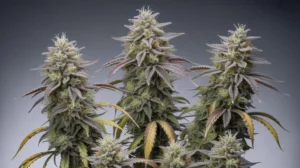
 October 06, 2023
October 06, 2023 


RESPONSES (0)
No responses yet. Be the first to respond!